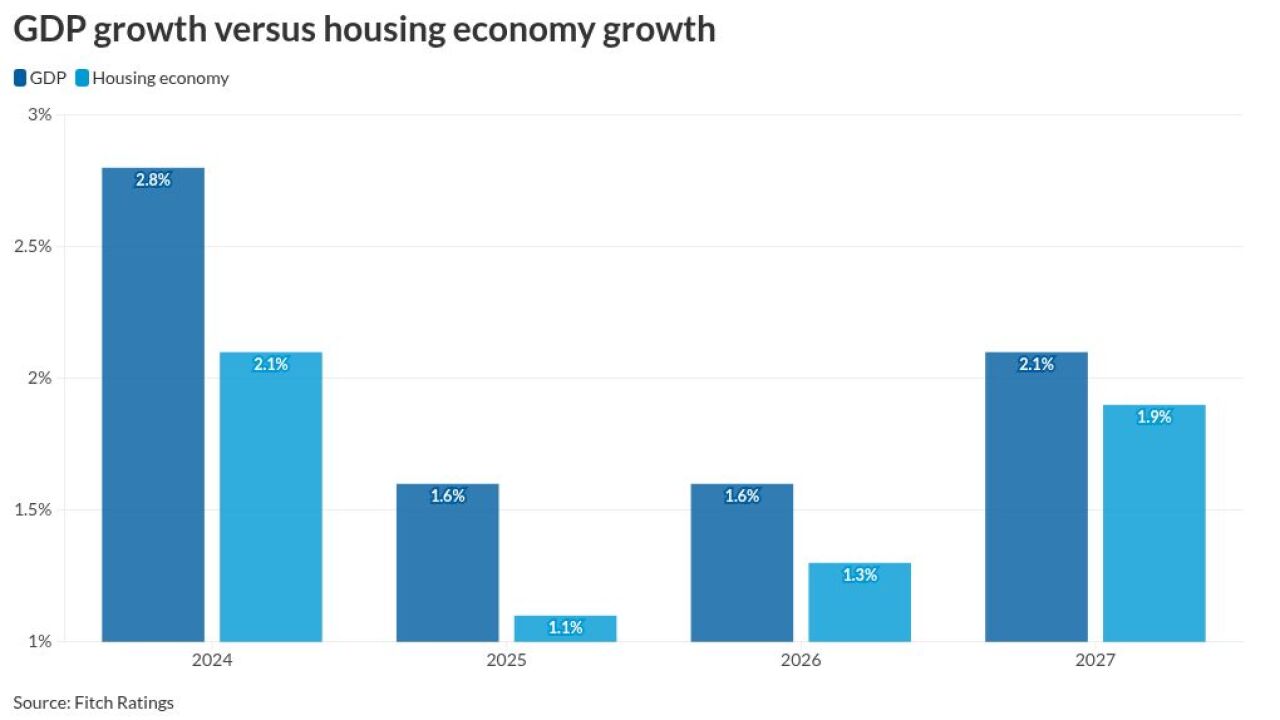Sean Grzebin stepped into the role of CEO of Chase Home Lending in November, armed with the advantage of having worked across functions at the bank since 2011. With a career that has taken him from PHH Mortgage in 1997, to Countrywide, to Goldman Sachs and then Chase, Grzebin has seen his share of market cycles and today describes how he's leveraging data and AI in order to help the business thrive amid whatever volatility external circumstances bring.
During a discussion with National Mortgage News, Grzebin discussed the advantages Chase had over many of its competitors. According to Home Mortgage Disclosure Act data, Chase was the nation's

Chase's home lending business produced $40.8 billion last year, with $25.5 billion generated through retail channels and $15.3 billion via the correspondent channel, according to its 10-K filing. As a key player in correspondent lending, Chase maintains a complex relationship with independent mortgage banks, and Grzebin highlighted how the bank balances those connections.
Chase serviced $648 billion for other investors as of Dec. 31, 2024.
Grzebin began at Chase heading up its default operations, his first job on the servicing side of the business. By 2015 he was back on the origination side, and since 2016, he
National Mortgage News's conversation with Grzebin has been edited for length and clarity.





